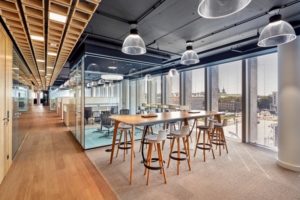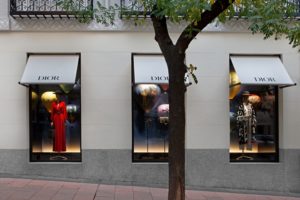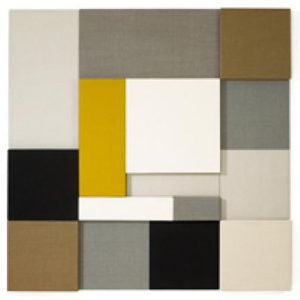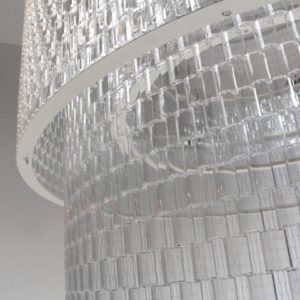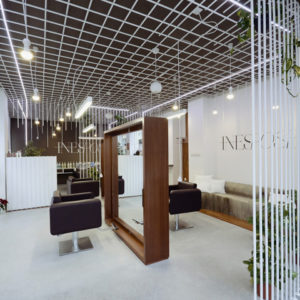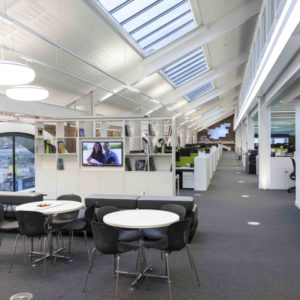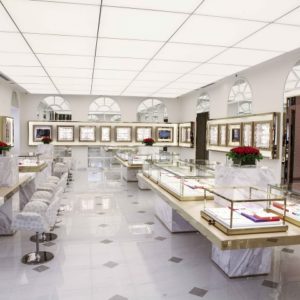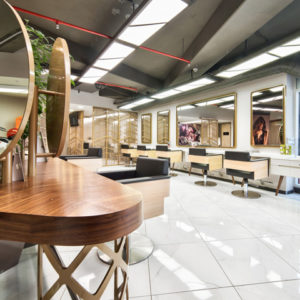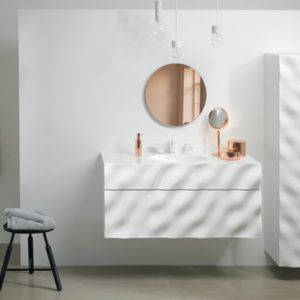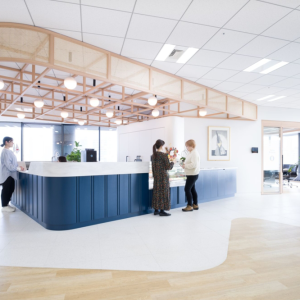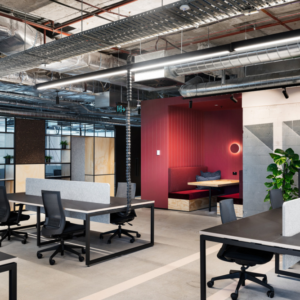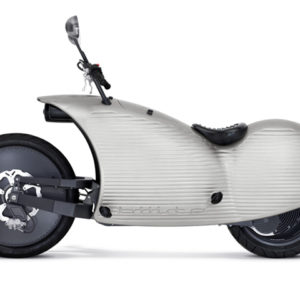
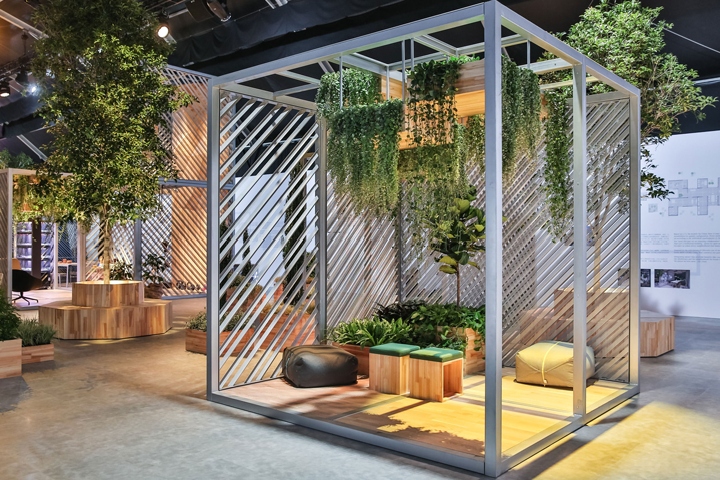

Architecture firm Penda has created “Urban Nest,” a new small living concept in collaboration with BMW China’s MINI LIVING group for the recent Shanghai Mini Life Exposition. The installation is constructed from a series of 3 by 3 by 3 modules housing different program elements that can be combined to create a variety of flexible living arrangements.
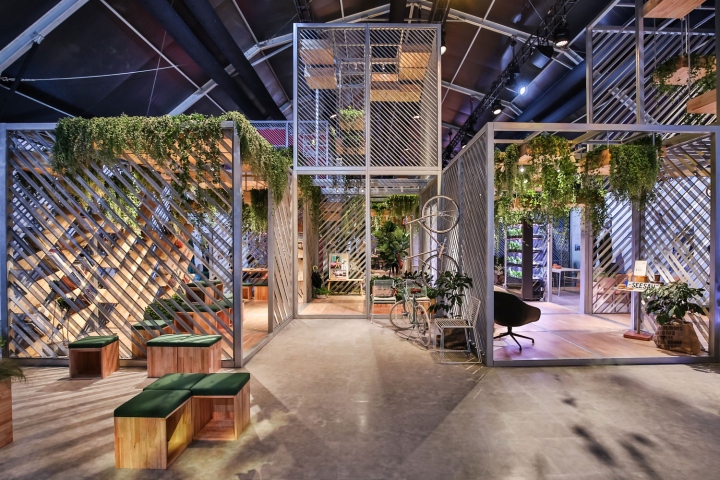
Modular
Penda chooses 3 by 3 by 3 cubic space as the basic module which is used for at least one practical functional requirement, including living room, kitchen, dining room, gym, reading room, study room or bedroom etc. Every module can be combined with each other or extended flexibly according to user’s requirement. Mini Life is composed of 26 modules, each of which consists two pre-manufactured parts from factory and is assembled on site. After the exposition, each module can be disassembled and shipped to the next site for reassembling. It is the unity that makes the flexible spatial combination and recycling possible, which is core of sustainability.
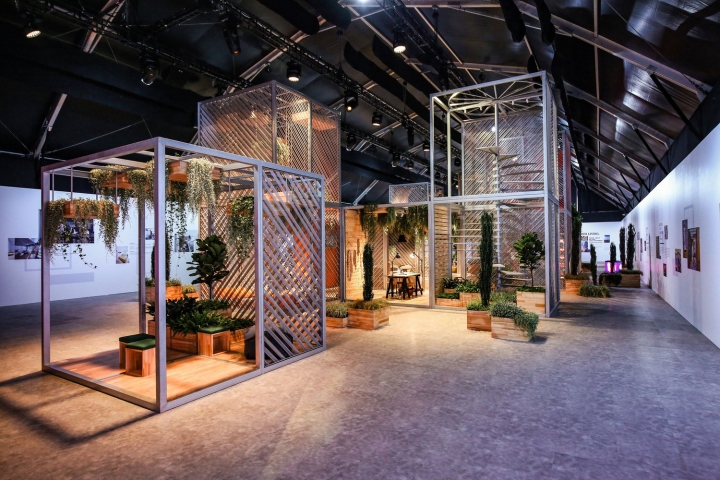
Variety
A single module is like a cell having one functionality. By the combination of multiple modules and extension in space, each building is turned into organic creature that can adapt to various space and functional requirement. The Shanghai exposition is held in a narrow space, just like last-century Shanghai neighbourhood. Last-century Shanghai neighbourhood is a place acting as space used for both public transportation and social communication. We propose that in the future, Mini Life can also exist and develop in such city, combining both tradition and modern future to create novel life style.
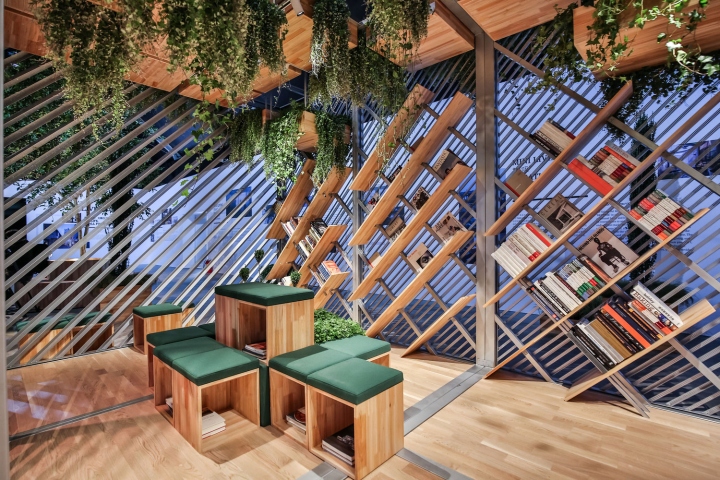
Recycle
The major material used by Mini Life Shanghai exposition is recyclable metal which are commonly used for construction site. Recycling not only controls the expense of construction but also extends the buildings’ usage. After Mini Life finishes, all construction material can be recycled.
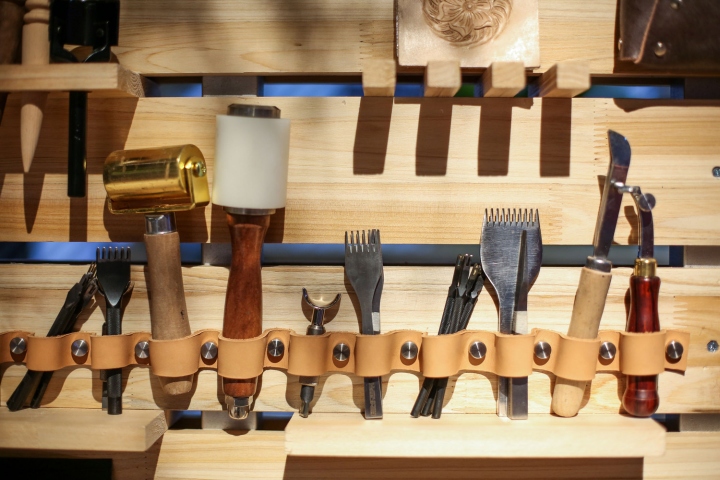
Urban Planting
On the roof of each module, we reserve spaces that can be used for planting, like vegetables depending on user’s need. In addition to fresh and healthy food, it also saves the energy consumption caused by food transportation and reduces greenhouse gas. The roof can also be used to place solar energy equipment for electricity and heat. Irrigation water can be collected from rain and recycled. In Mini Life, we want to create a self-supported future life style.
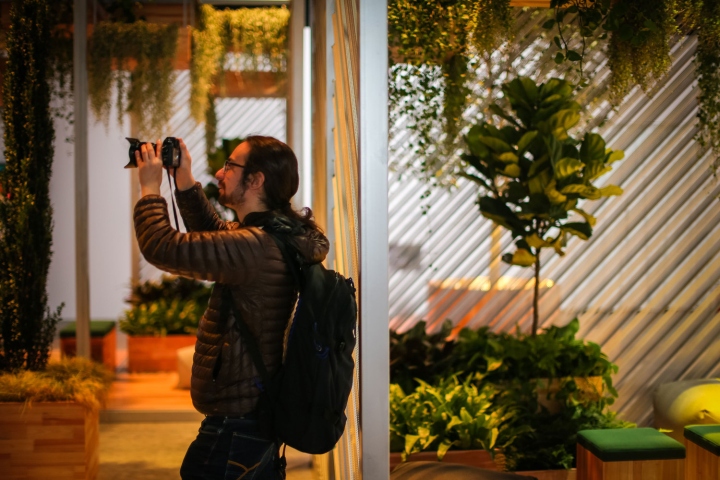
Surrounding
Panda has always been proposing breaking the boundary of buildings, making the buildings connected with environment seamlessly and creating healthy life space that directly embraces the nature. In Mini Life, we design many green plant which is not only used for sightseeing but also adjusting the humidity and oxygen proportion. We hope people can feel released and enjoy healthy and happy life in such environment.
Design: Penda
Photography: GQ, MINI China
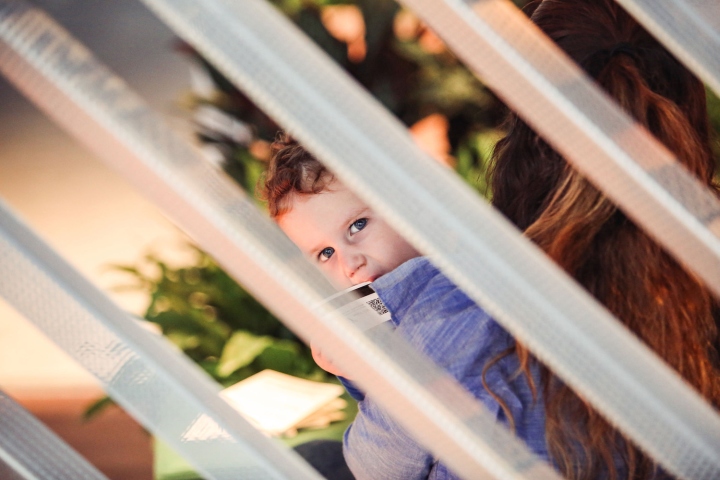
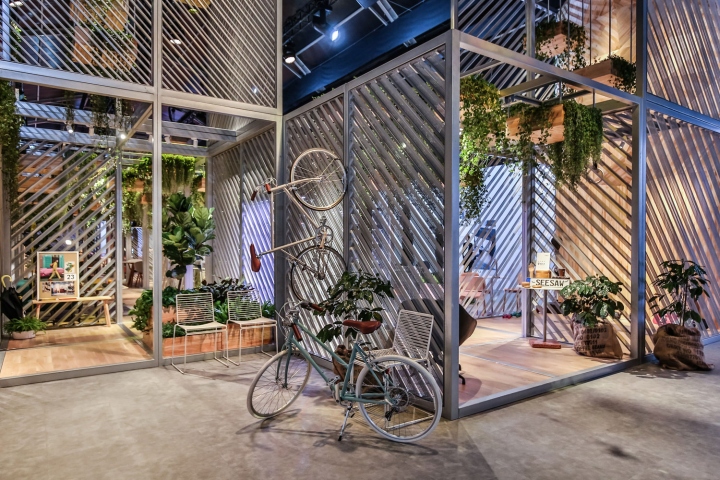
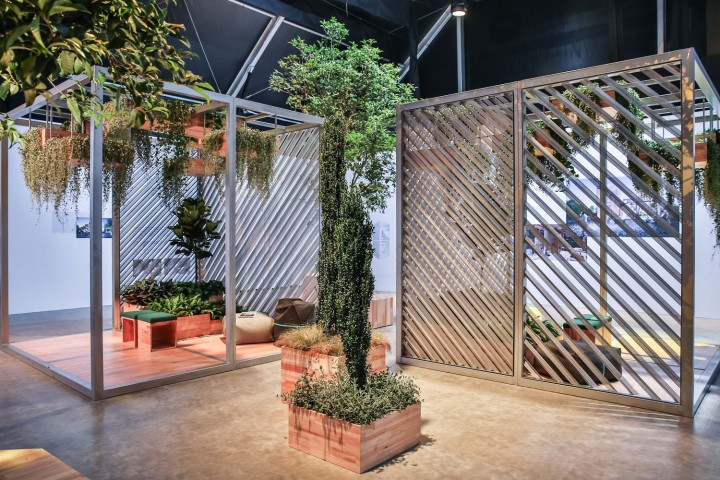
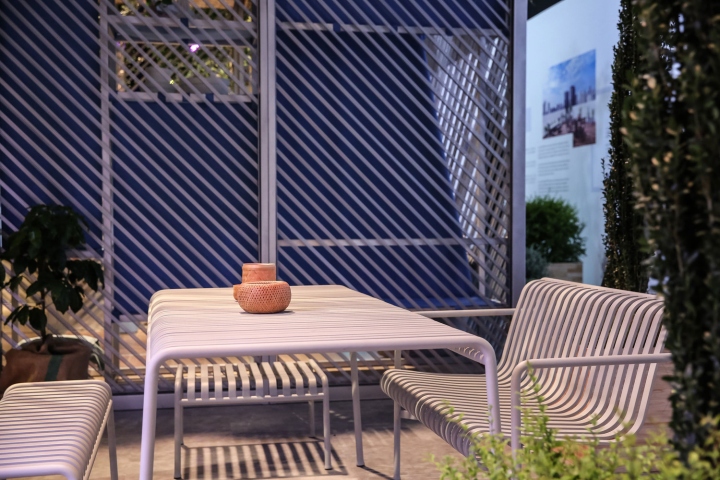
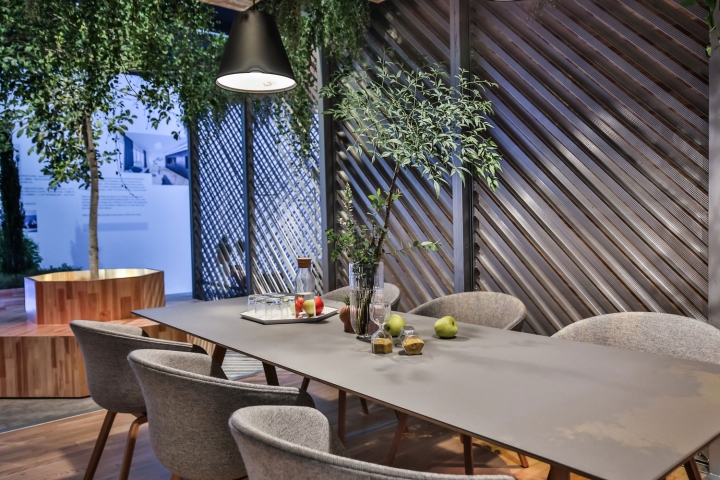
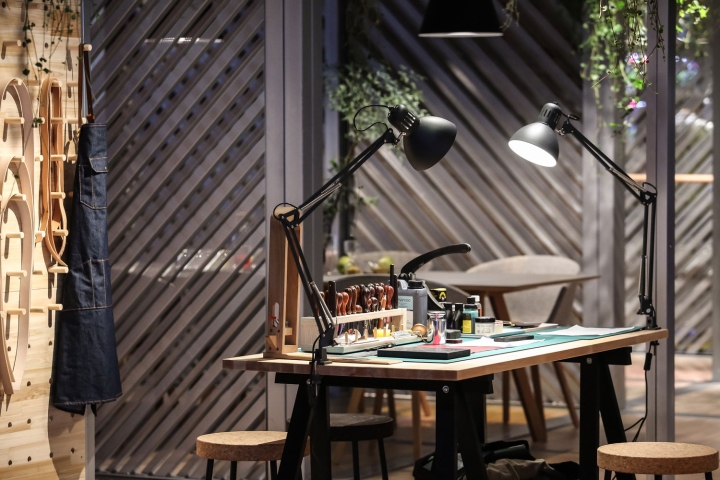
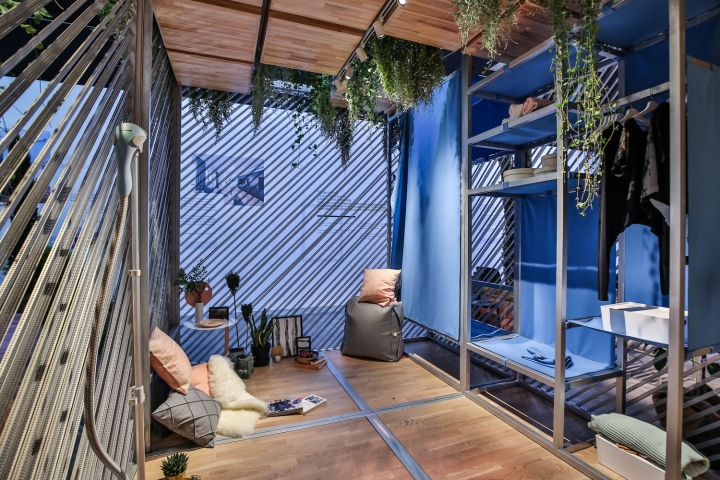
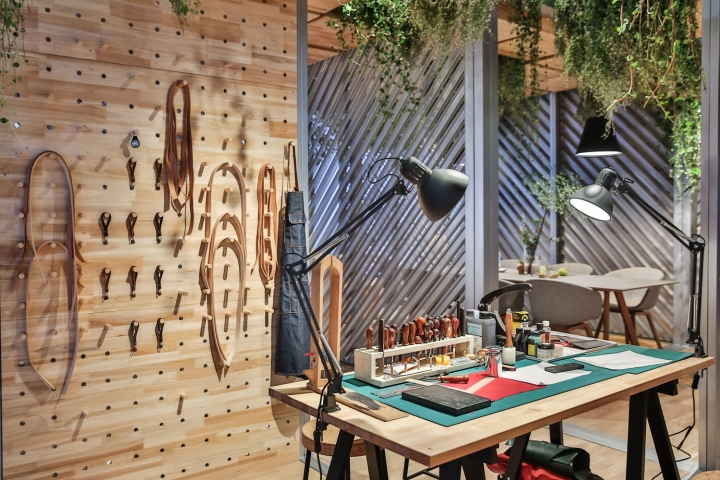
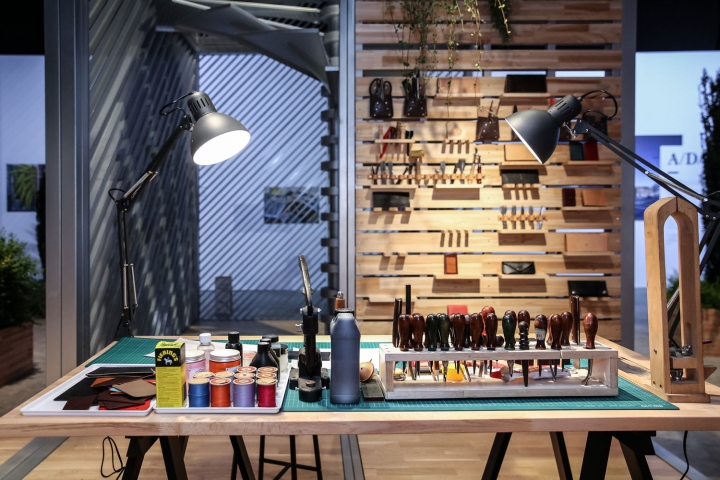
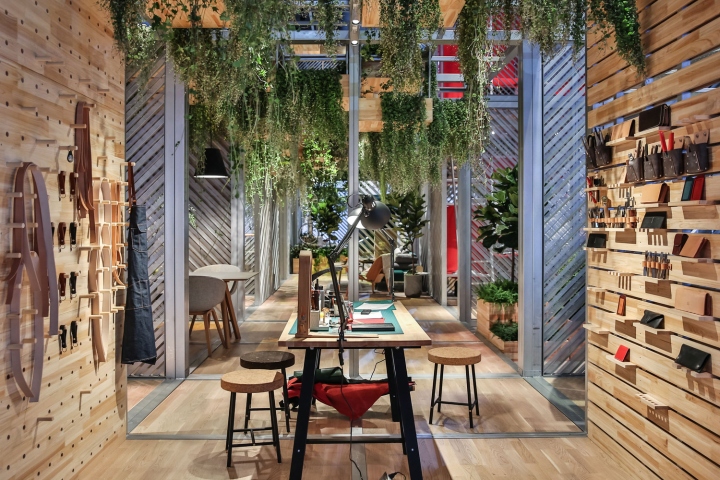
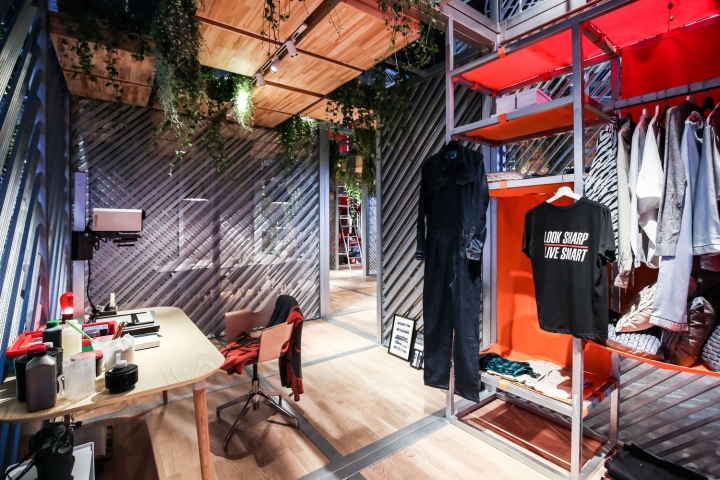
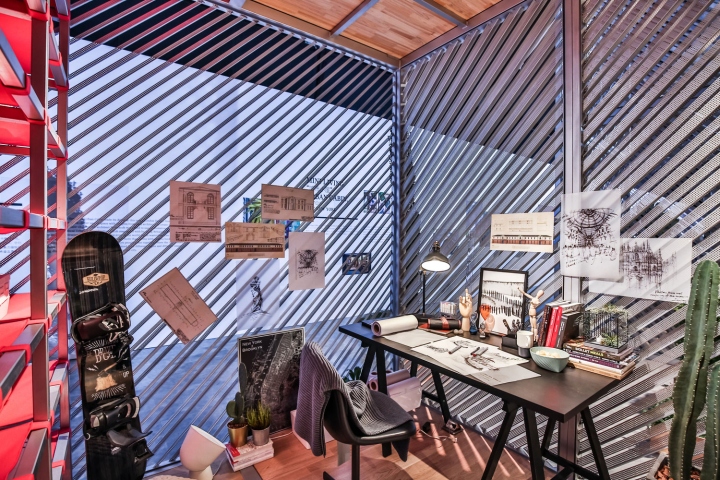
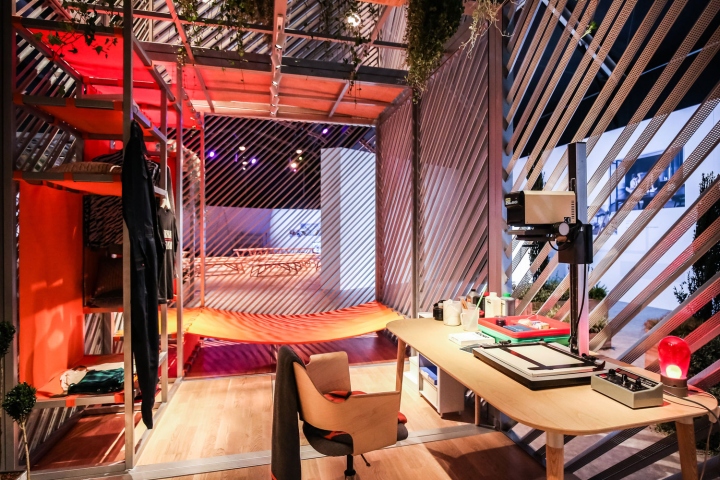
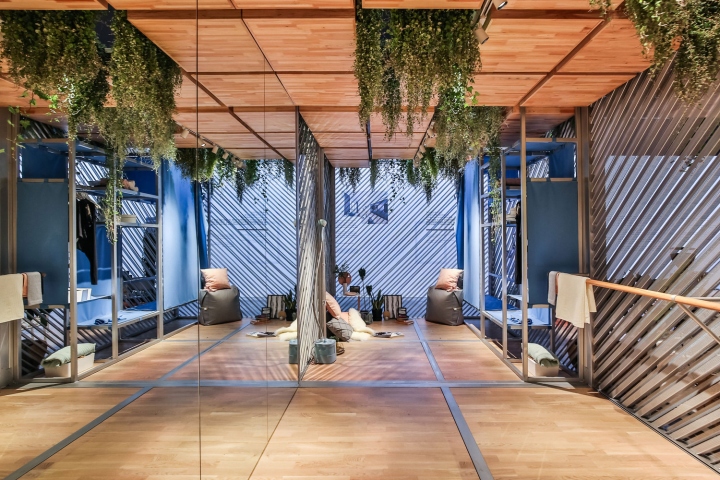
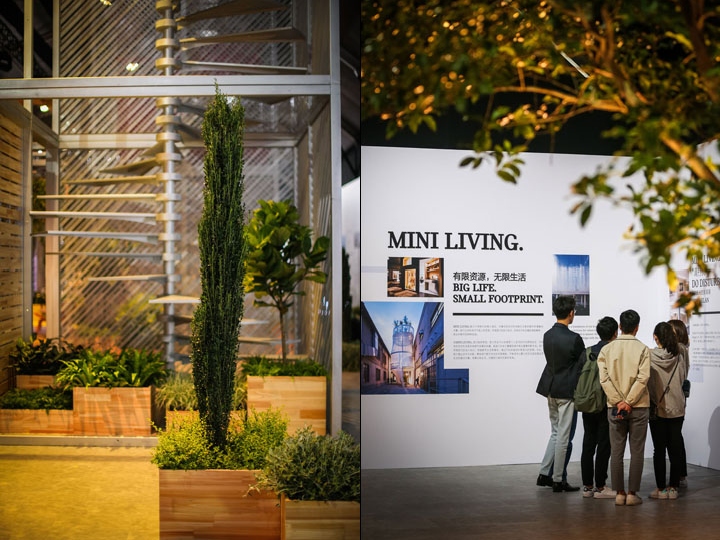
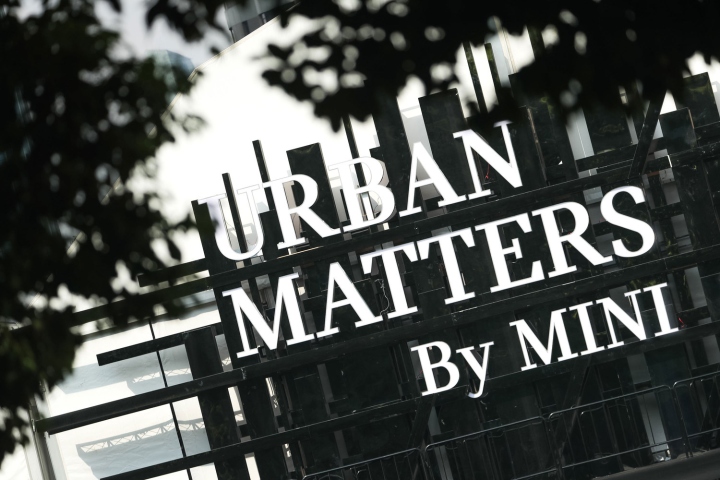
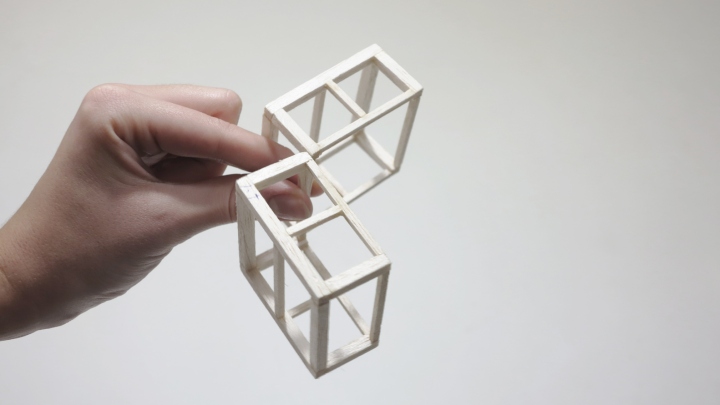
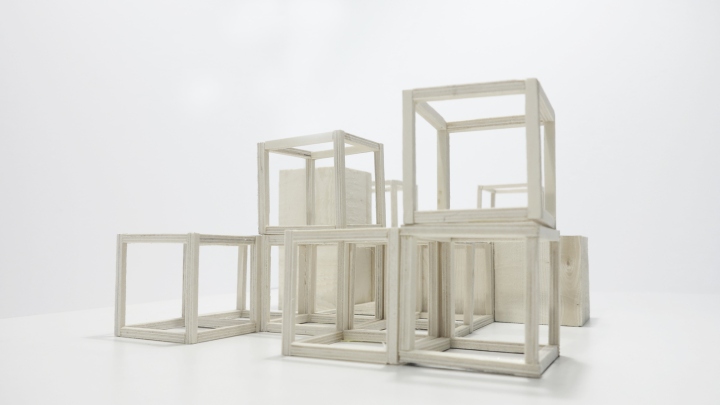
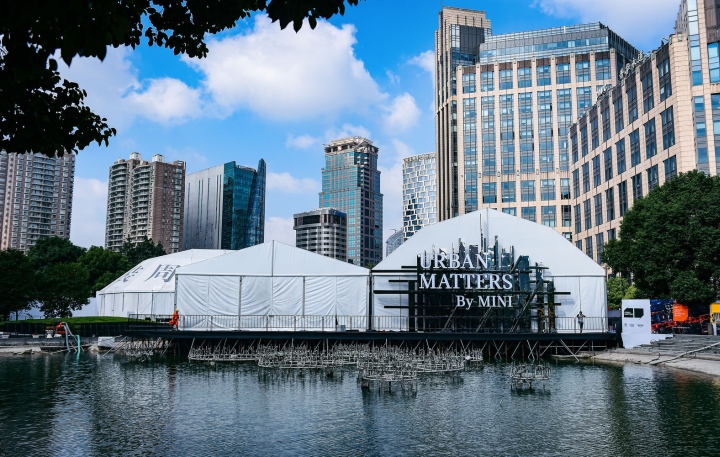
https://www.archdaily.com/883518/urban-nest-penda
























